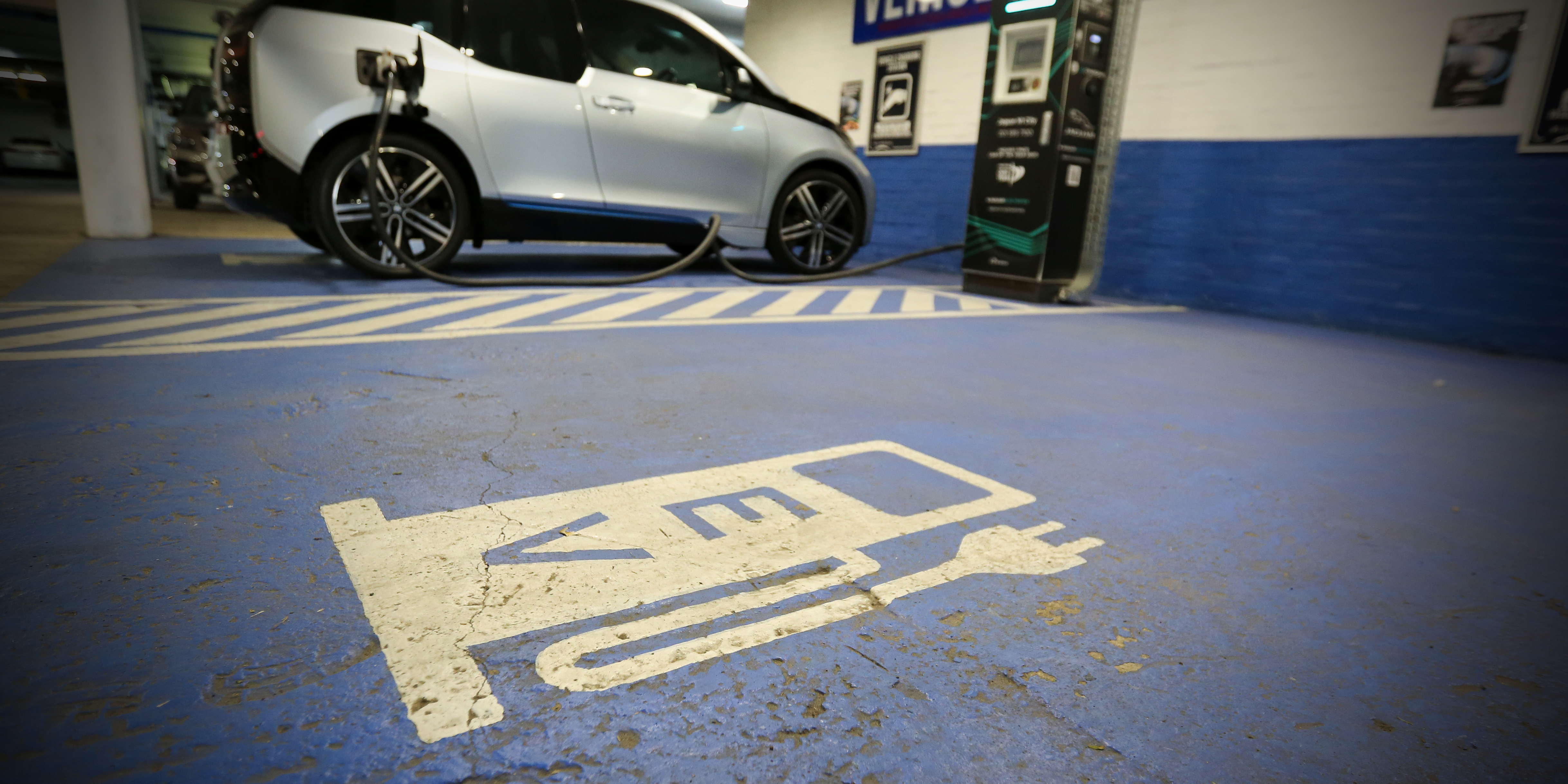Reading the Department of Trade and Industry’s Electric Vehicles White Paper, you get a good sense of why SA’s electric vehicle policy is completely flaccid and also why SA’s manufacturing sector as a whole is in decline.
The white paper itself is by no means objectionable; in comparison with some government-sponsored analyses I’ve seen, it’s pretty good. It correctly outlines the issues, it is detailed in its analysis, and it sets ambitious timelines for the way forward.
It makes two important concessions: it opens the door to the government assisting local producers in financing new plants to build electric vehicles (EVs), and it considers the possibility that the government will reduce import tariffs on EVs, which are currently higher, if you can believe it, than those for internal combustion engine (ICE) cars. Pretty obvious, but there are many other obvious things the government does not recognise.
The problem is that when you read it, you get the impression the government is embarking on this whole process with the enthusiasm of a soccer supporter at a rugby game. And consequently, the whole thing is happening at the speed of a golf cart.
For a start, this white paper has taken 2½ years to produce, following the release of the green paper in May 2021, the Auto Green Paper on the Advancement of New Energy Vehicles. Two-and-a-half years to write 56 pages! That’s about 15 words per working day. I am not making this up.
The government has been dragging its feet so obviously that the car manufacturers under the Naamsa banner in October released their own industry EV roadmap to integrate South Africa into the global EV value chain. This essentially drove home the most salient and obvious point: the rug is about to be pulled out from under South African car manufacturers and we’d all better catch a wake-up.
Does the white paper constitute that wake-up? In some ways, yes.
You can see the vice closing on the SA industry: about 65% of SA’s car exports go to the European Union, and they are worth about R130-billion. But some EU countries have already set target dates by which no more ICE cars will be sold. Even without the target, most countries do not expect EVs to constitute the majority of sales within a decade.
So the clock is ticking.
What is holding the Department of Trade and Industry (dti) back is that an enormous number of jobs are at risk, and this is no small issue. The jobs of 140,000 service station attendants are at risk. And there are around 250,000 mechanics in South Africa, some of whose jobs are at risk because EVs have much lower maintenance levels.
Reading a bit between the lines, it seems to me the DTI is keen on SA producing EVs but not so keen on South Africans actually using them, although there is a nod at the Just Energy Transition. The DTI minister, Ebrahim Patel, says there will need to be a “phased process: first focusing on developing EV production capacity, then on allocating the fiscal resources to drive the purchasing of EVs in the local market.
“In the second phase, we anticipate that the volumes would be quite modest, for a few reasons. One of which is that the price differential is very significant. We expect the price differential to come down over the next seven to nine years.”
And then of course there are the two obvious elephants in the room: SA’s electricity crisis and its transport crisis. The response of the white paper is extremely glib. It broadly acknowledges SA electricity challenges and under “policy action” says: “Accelerate implementation of measures to increase the supply of electricity,” and “Refurbish the rail line between Gauteng and Ngqura”, among other things. I mean, yes, but how, exactly?
Instead of this cautious, snail-like, self-consciously “coordinated” approach, imagine a government that actually embraced a transition, welcomed it, encouraged it and took the trouble to help build it.
You would think in a government so dominated by Marxist economics, Patel and the dti would understand Joseph Schumpeter’s notion of creative destruction, which was directly drawn from Karl Marx’s popularisation of economic innovation and the business cycle. Of course, Marx thought, totally wrongly as we all now know, that economic innovation would annihilate capitalism as capitalists tore each other apart in a gory festival of destruction — a prospect he clearly relished.
In fact, if there is anything that can be learnt from the idea of creative destruction it’s that innovation creates not job losses but job opportunities as it injects dynamism and competition into the economy. Not always, but mostly. Countries with the highest levels of innovation also typically have the lowest unemployment, but somehow that penny has not dropped here in SA. Trying to save existing jobs is a fool’s errand, but of course, that is what politicians most often try to do, particularly in election years.
The risks are very high: SA’s automotive manufacturing industry constitutes about 3% of GDP and 10% of manufacturing output. Reading the white paper, you get the impression of an unwilling government recognising that it might be forced to change, rather than a government that actually wants to change. DM




 (Photo: Shelley Christians)
(Photo: Shelley Christians)